Many species of birds have babies that look an awful lot like their parents. A young male cardinal is less red than an adult, but clearly a cardinal. Baby egrets are usually pretty obvious. And “teen” herons, while as awkward as any human middle-schooler, are clearly herons.
But sometimes, it’s not so easy.
Last week I was testing a new-to-me camera I had rented from BorrowLenses.com. As soon as it arrived, I headed out to my usual haunt, the Viera Wetlands. It wasn’t the best time of day, but I was sure to see at least a few herons and egrets.
To my surprise, something else swam out of the grasses – something new, something different. My immediate thought was “rail”. I knew it wasn’t a Sora, but beyond that I don’t have enough experience with them to distinguish among Virginia, King, and Clapper Rails, or any other. Excited, I snapped away with my rented camera.
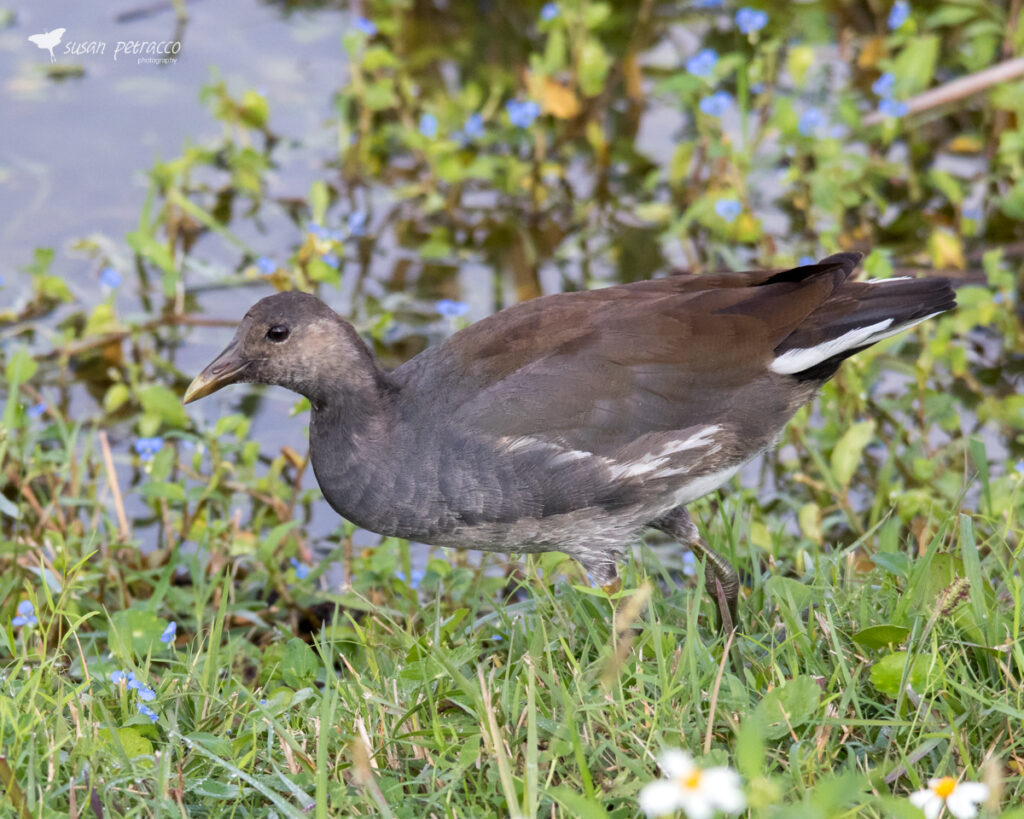
The next morning I went back out, and saw it again. I thought how strange to see it two days in a row. Then I saw three more. That’s when I started to get suspicious – maybe this isn’t a rail after all. I wouldn’t be nearly so likely to see that many rails.
Turns out, it was a juvenile Common Gallinule (the “artist formerly known as a moorhen”). That explained why there were so many. But they don’t look anything like an adult – in fact, a baby common gallinule looks more like the adult than the juvenile does!
Juveniles of many species can be hard to figure out. Experienced birders sometimes have trouble with hawks – and if it’s a young hawk, it’s even harder. So many of them look alike, and they haven’t yet developed the adults’ distinguishing characteristics.
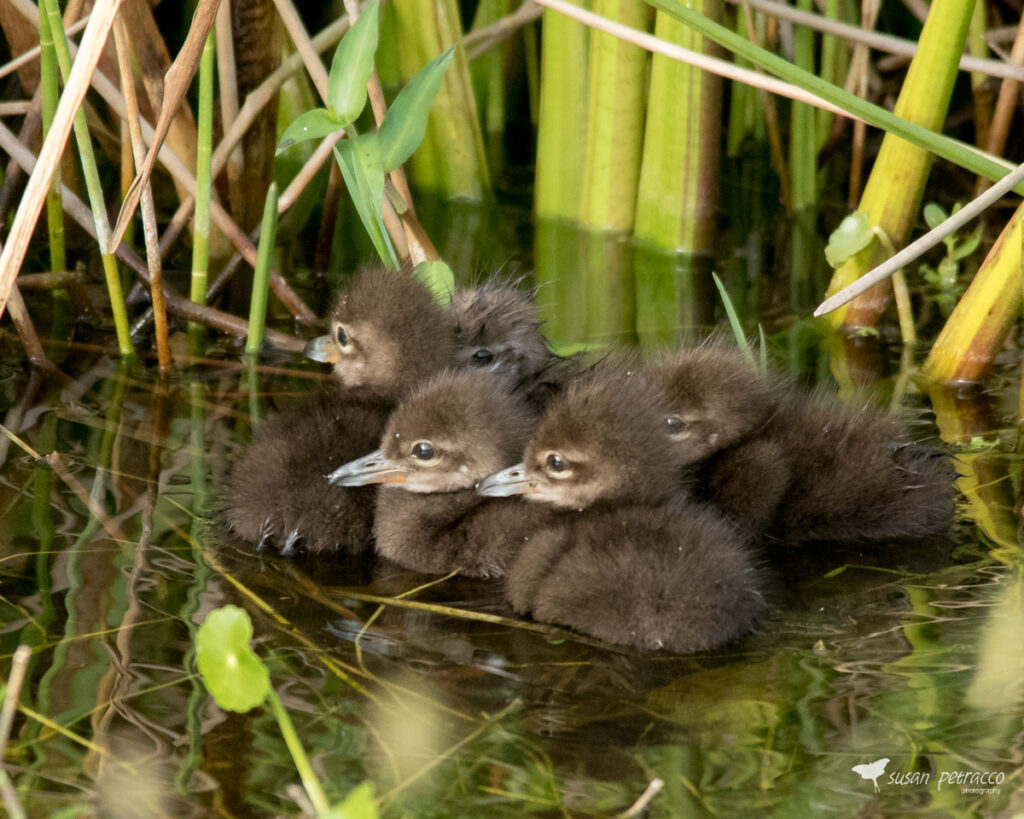
Other species have juvenile birds that don’t look anything like an adult. Take the first-year Little Blue Heron, for example. It’s not even blue! They are solid white for their first year. (It’s thought that the white color might help them to blend into flocks of other white wading birds, particularly egrets.)
The funny thing about little blues, though, is that they don’t immediately go from white to blue overnight. Instead, they go through this piebald stage, where the blue feathers start to come in before the white ones have been shed. It gives them a very mottled appearance.
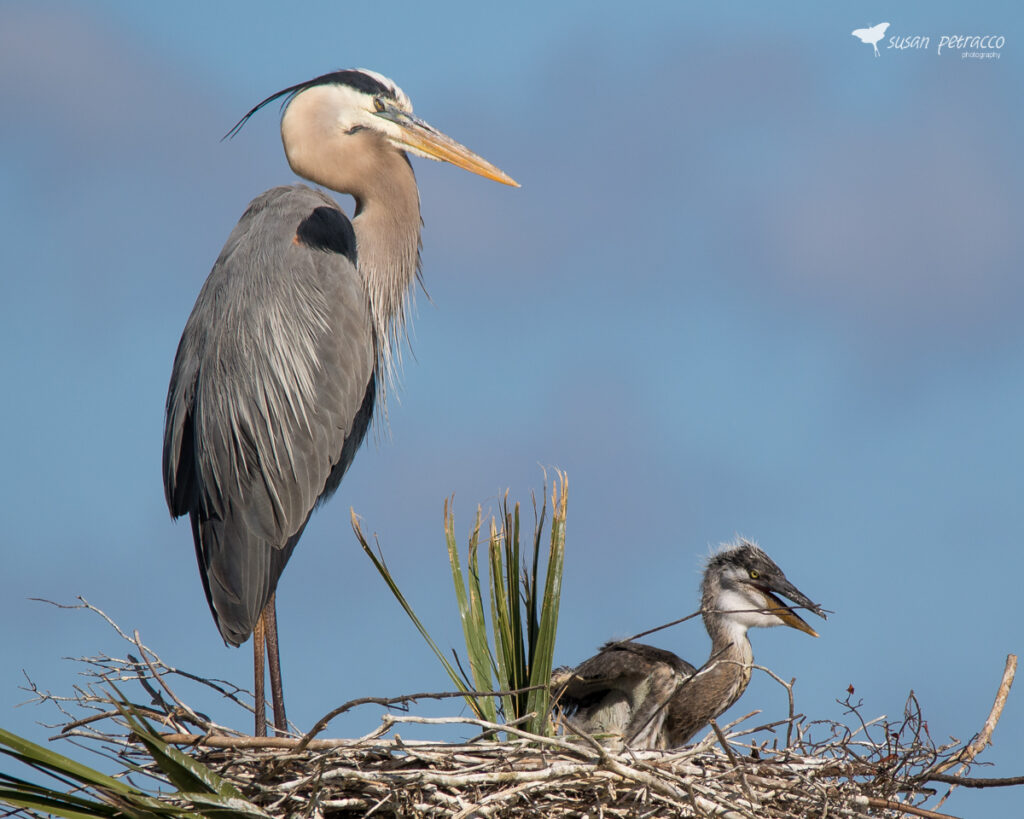
There are other characteristics of birds that can make certain individuals hard to identify: color morphs, hybrids between two species, subspecies, and regional variations come to mind. But the difficulty presented by young birds is one that simply takes experience.
And one day, I’m sure I’ll find those King Rails I’ve been looking for!
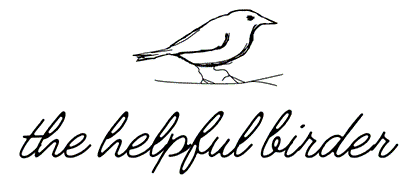
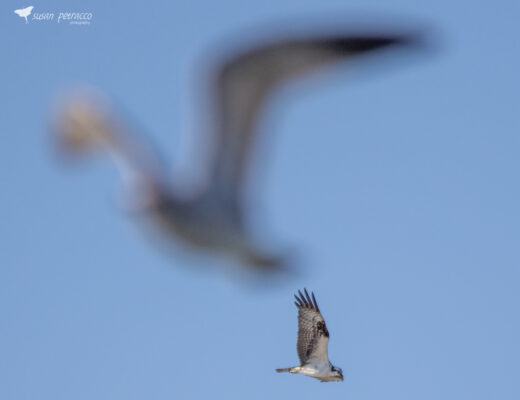
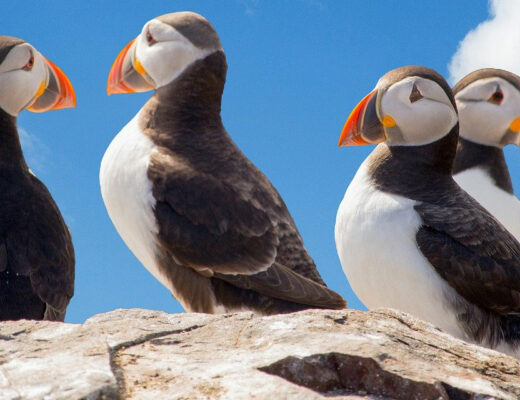
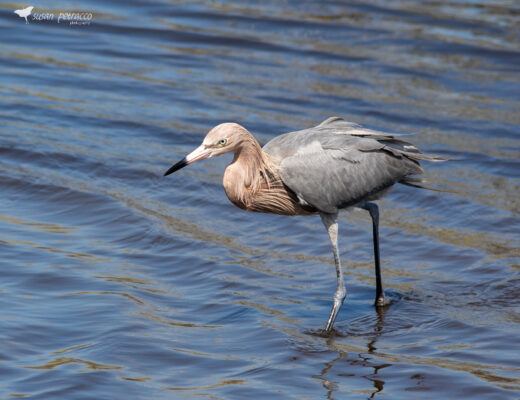
No Comments